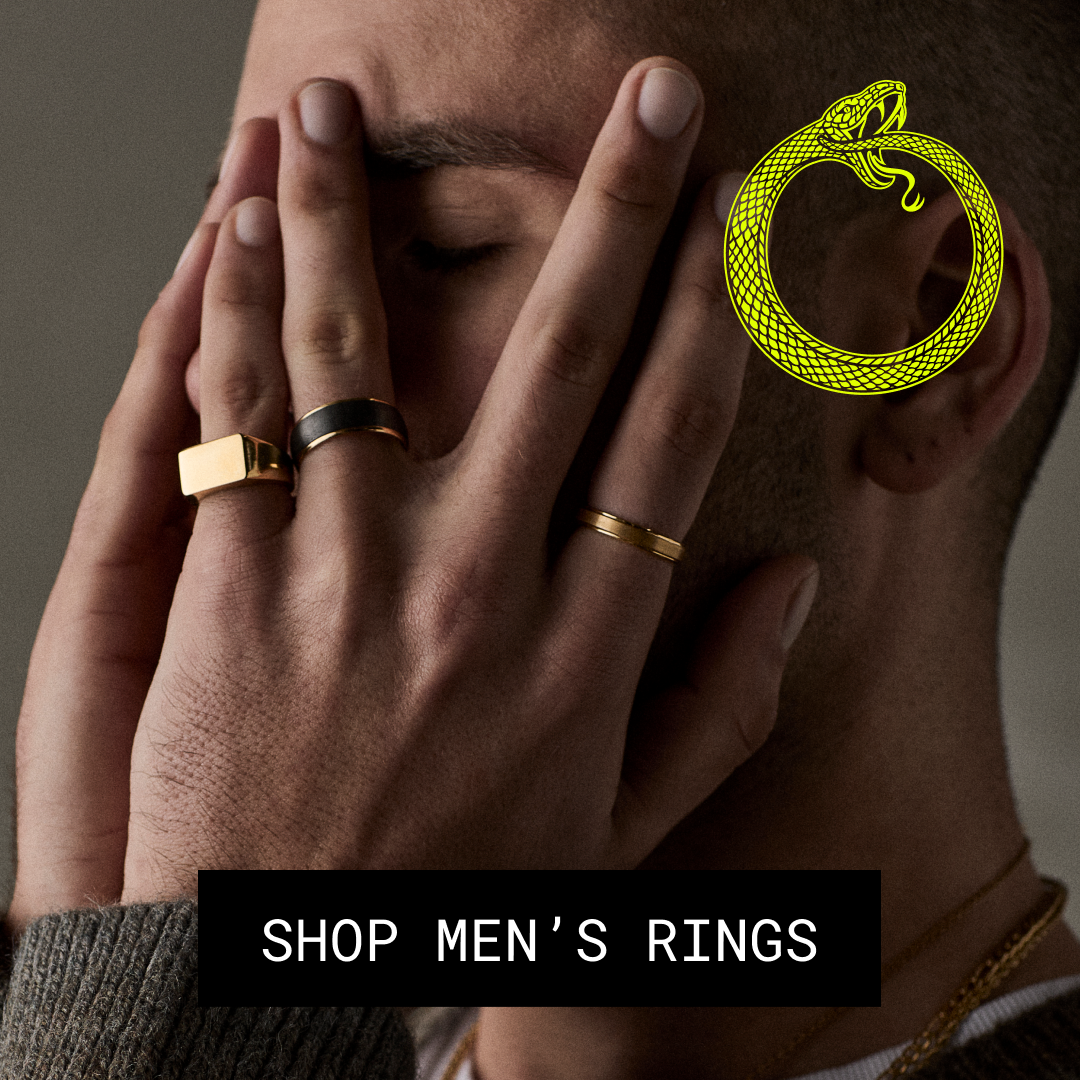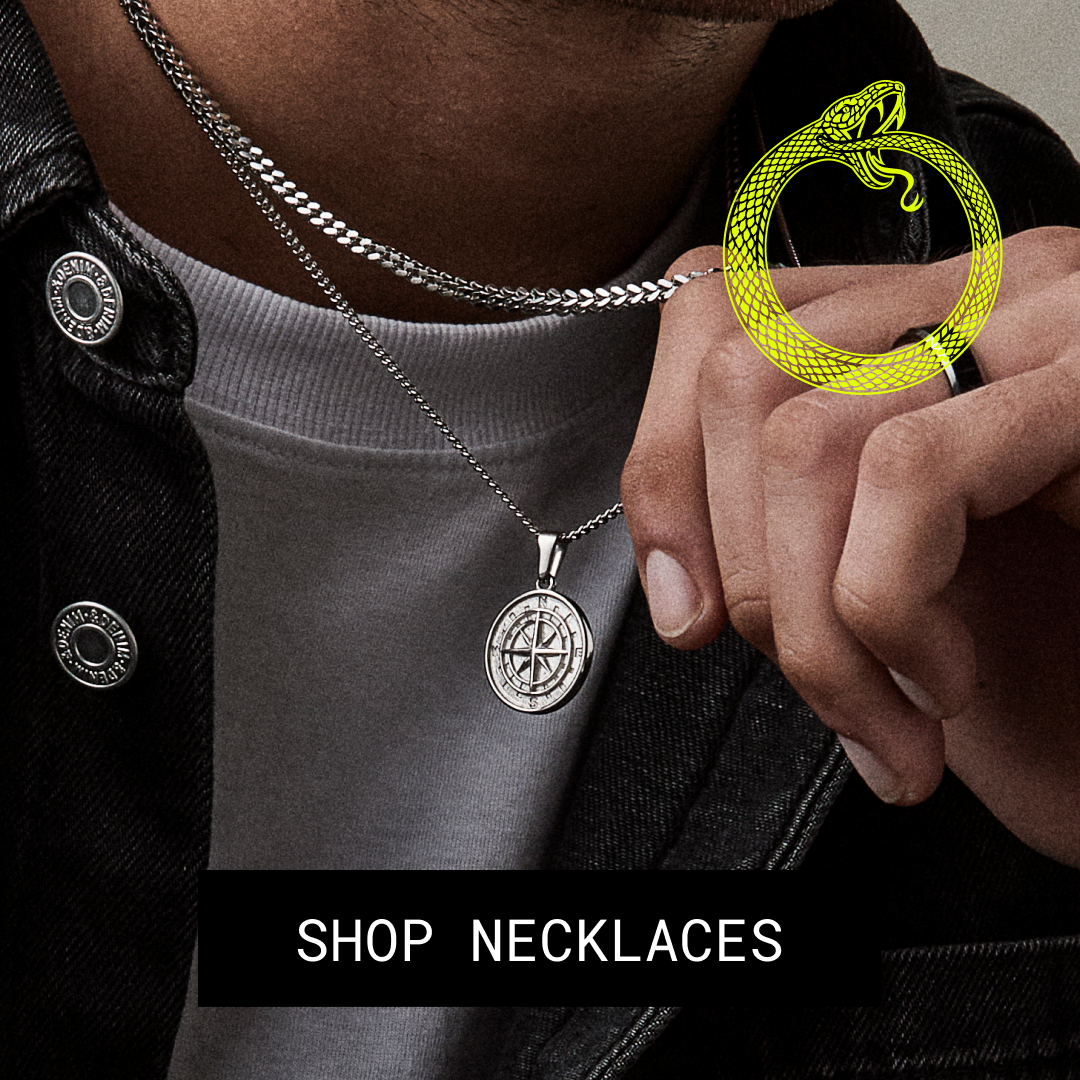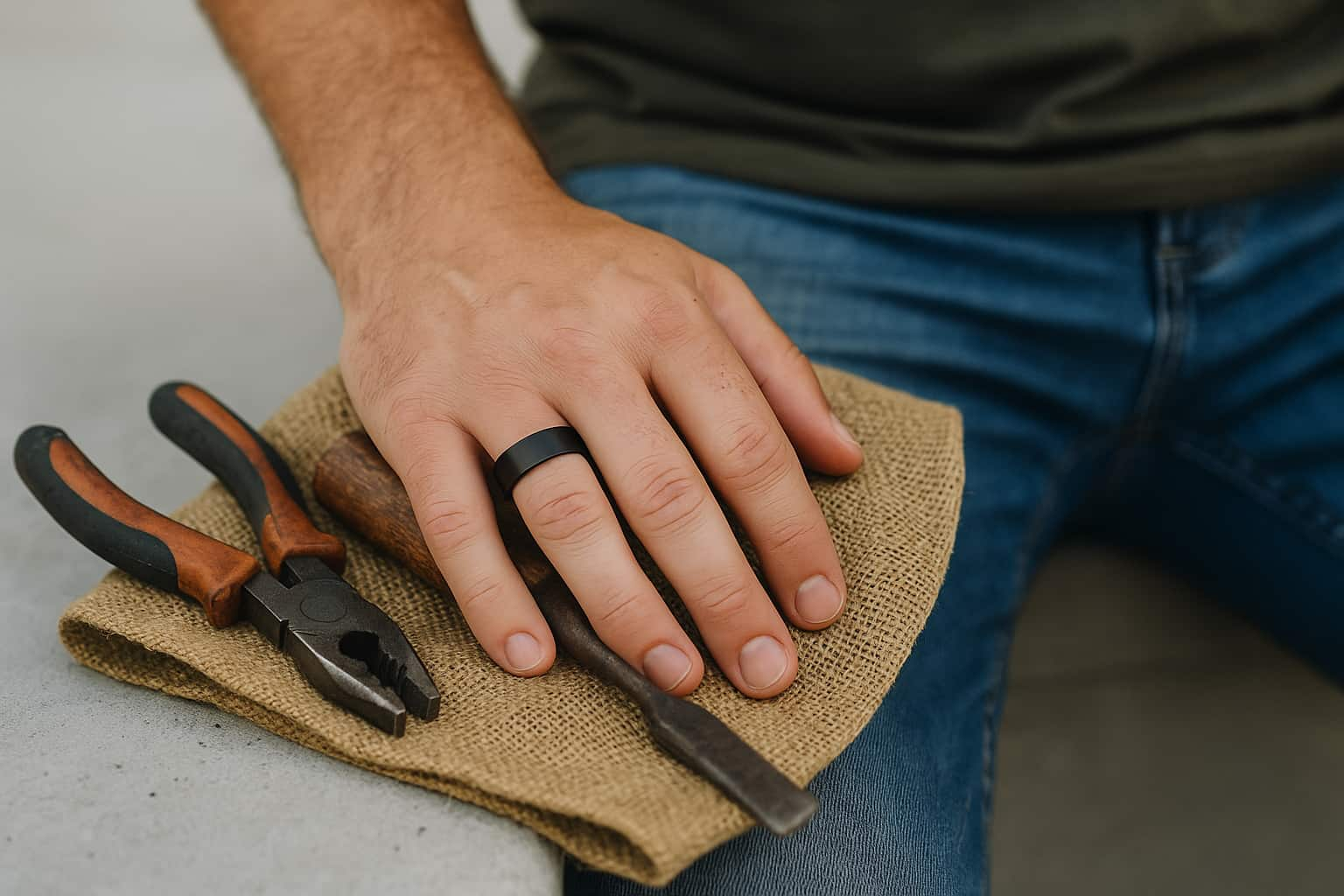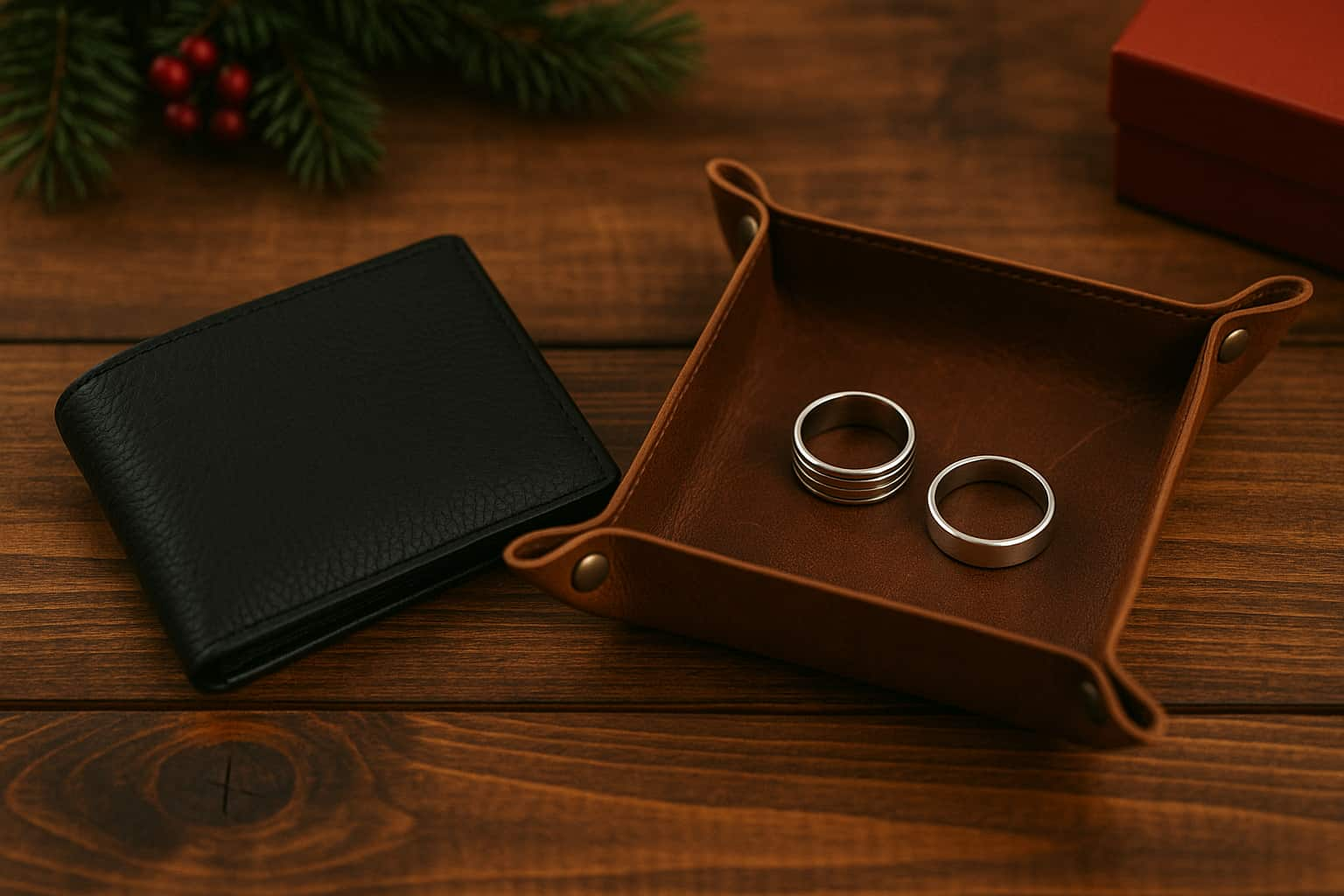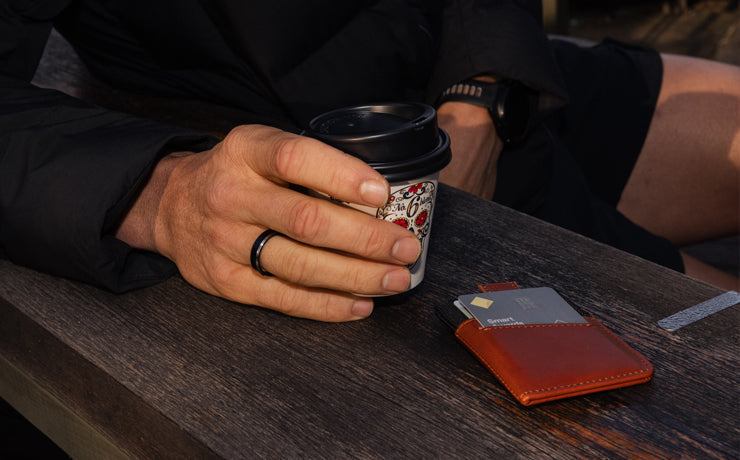Silicone rings are quickly gaining ground and flying off our digital shelves, as people realise that this inexpensive, low-pressure option exists. And looks good. Wedding rings no longer have to cost hundreds or thousands of dollars and come with a side helping of stress that you will lose/ break/ bend/ stain them. Enter the silicone ring.
As people stretch the boundaries of traditional wedding etiquette, wedding wear, and wedding food, it only makes sense that the old custom of only metal rings would go the way of the dinosaurs.
So if you’re ready to give traditional metal rings the finger, read on.
What are silicone rings?
First things first. Silicone rings are soft, rubber rings. No metal in sight. They are made from a flexible, soft, medical-grade rubber, and our customers report back that they are so comfortable to wear, they often forget they even have them on.
They’re designed to suit many different styles, so some (like the men’s premium ring) mimic the look of metal and others (like our turquoise women’s stackable ring) really go their own way. The aesthetic result isn’t necessarily too different from a traditional band, especially from a distance, but the cost, feel, safety factor and stress levels are miles apart.
How to expand a silicone ring-- do silicone rings stretch?
Yes, but not hugely. Some types of silicone can stretch up to 1000 times its original size, but don’t expect that from your band! Silicone rings only stretch slightly, like enough to always feel comfortable when you slide it over your knuckle. That’s why it’s still important to carefully size your finger using our ETRNL sizing guide.
And if you’re sold on silicone, but in between sizes? Consider sizing down, as it may slightly stretch, and you don’t want it slipping around on your finger.
Do silicone rings break? Do silicone rings prevent ring avulsion?
If you’re one of the millions of people who work with their hands every day or work in a high-risk environment, chances are you’ve heard the ring avulsion horror stories. Or maybe you just watch a lot of Jimmy Fallon.
If you haven’t heard of it, we don’t recommend googling—definitely NSFW. Or sensitive eyes. As Jimmy found out the hard way, it’s a horrific injury that can happen when you hurt your hand while wearing a strong, metal ring.
The good news is that silicone will not do that to you. The rubber will snap before it causes injury, making it a much safer alternative for people who work with their hands a lot. And $20-ish to replace a ring sure sounds a lot better than thousands of dollars and a world of pain in medical bills.
Who wears silicone rings?
Everyone. Young, old, men, women, there is a style to suit. But we get the most glowing feedback from our customers who work in messy or high-risk industries and thought they couldn’t wear bands at all, only to discover this option existed for them. That includes tradies, medical personnel, hairdressers, mechanics (hello, non-conductive), musicians, gym-buffs, and even new parents, who are worried about a hard ring scratching a tiny bub.
Ready to say yes to a silicone ring?
They’re a great option for people who want to show a commitment, but need something safe and low stress that can suit their lifestyle. Some of our customers use them as their only bands, and others use them as a day alternative and keep more traditional rings for going out or formal occasions. It’s all about the right choice for you and your partner.
But if you want something affordable, comfortable, and zero-fuss, it sounds like you may have met your match here.
Check out this article if you want to read more about the benefits of silicone rings. Or shop our range of silicone; you can find men’s, women’s, and even partner packs.
Whatever you’re looking for, you’ll find it in our full range. Combine that with our comprehensive sizing guide and a no-questions-asked 60-day return policy, and you might be prepared to commit.
Ready to find your ring?
